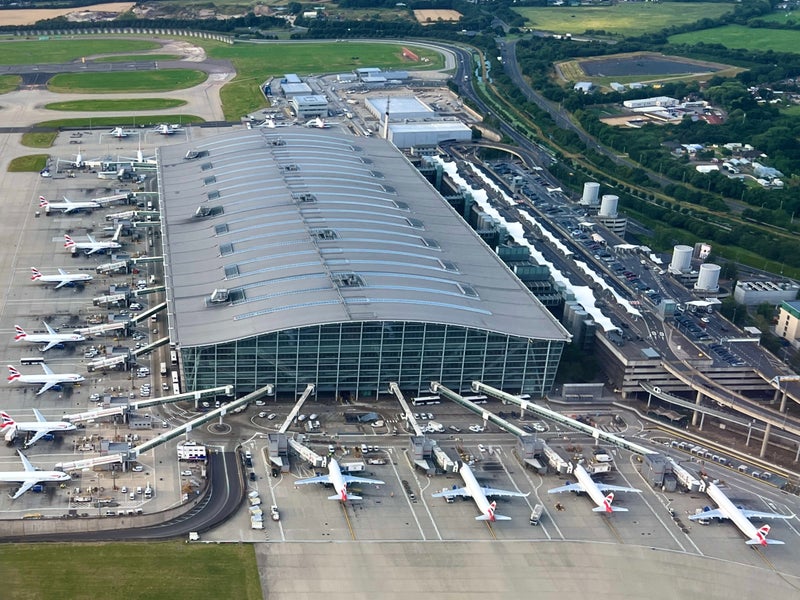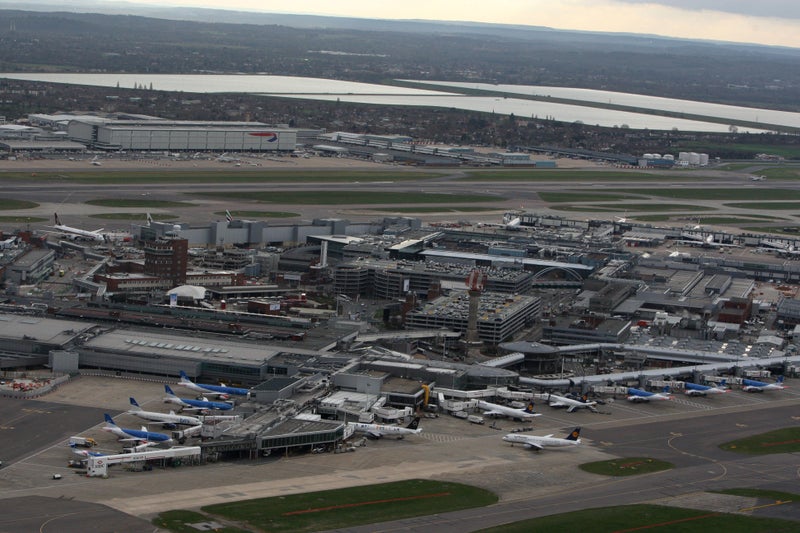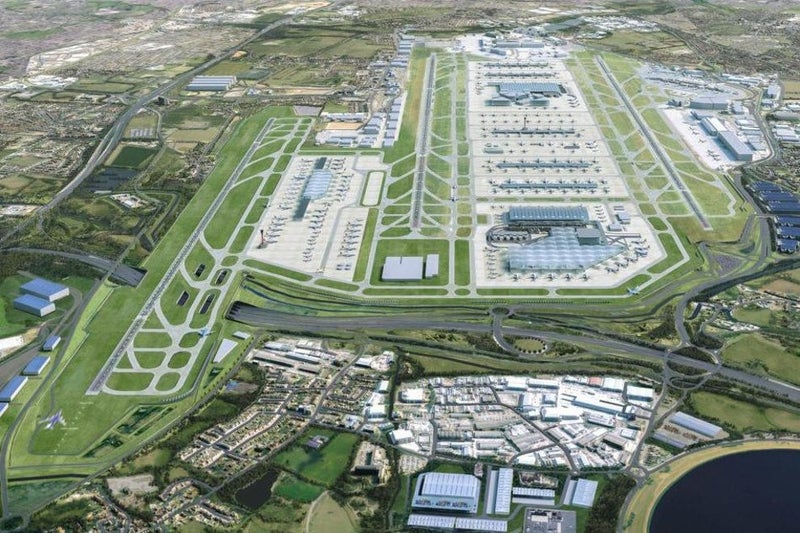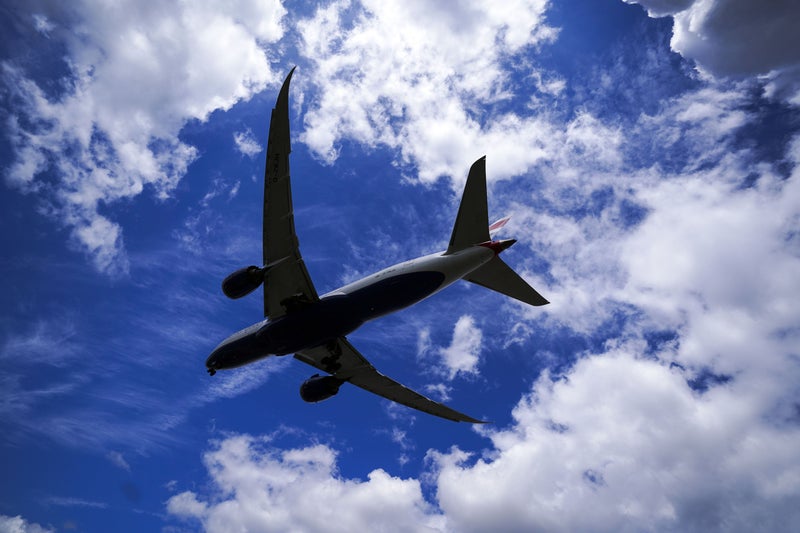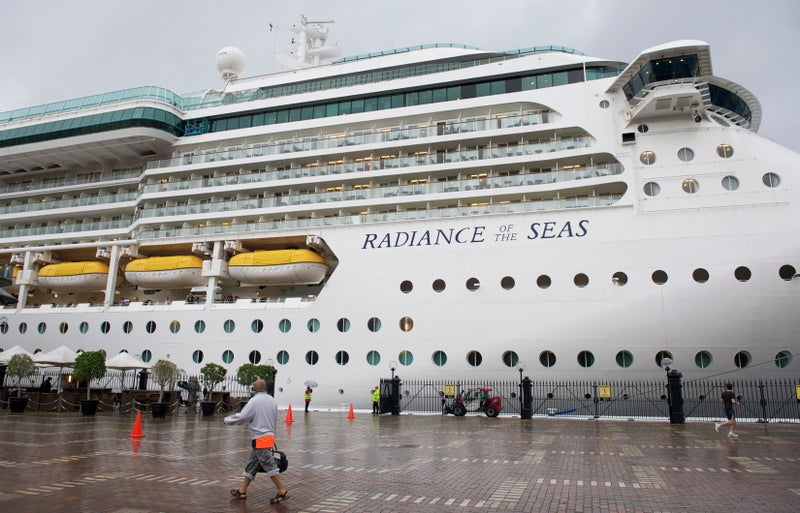Plane Talk: Flights at Heathrow could increase starting tomorrow – but it wouldn’t be popular. “If you think a third runway is unpopular, try mentioning ‘mixed mode’ in polite Home Counties company.”. That was the private response of one of the 16 transport secretaries this century when I asked whether they had considered allowing both runways at London Heathrow airport to be used for arrivals and departures at the same time.
The shorthand for this technique is “mixed mode”. For a government obsessively focused on growth, it could unlock extra capacity at the UK’s biggest hub for very little additional financial cost – but, as the erstwhile minister indicated, huge political cost.
At present, Heathrow dedicates one strip of asphalt to landings and the other to take-offs. The only regular use of mixed mode is between 6am and 7am daily, the busiest hour for arrivals into the airport. Planes are allowed to land on both runways. Intuitively, you might imagine that the most efficient way to operate a two-runway airport like Heathrow is to separate arrivals and departures. In fact, the opposite is true: you can extract more capacity if there is a plane coming into land a few seconds after an aircraft ahead has taken off.
Heathrow at its peak has a landing every 80 seconds and a take-off every 80 seconds. But across at Gatwick, air-traffic controllers can manage an arrival and a departure in as little as 65 seconds. Mixed mode adds capacity without the need for another runway.
